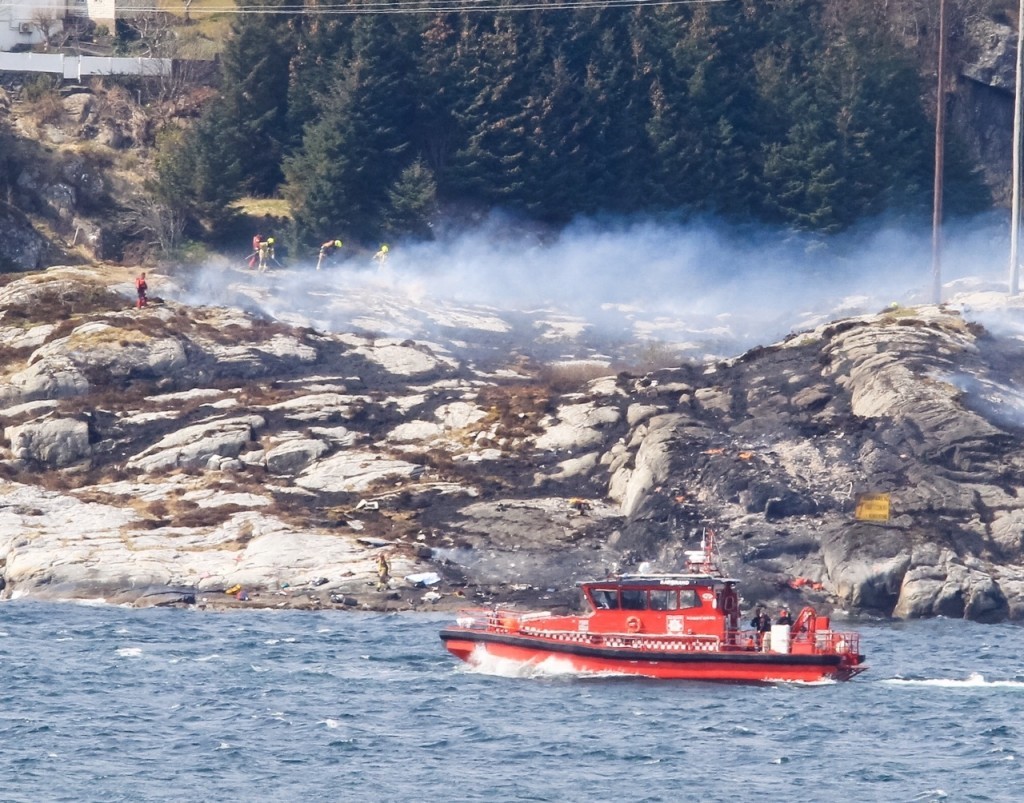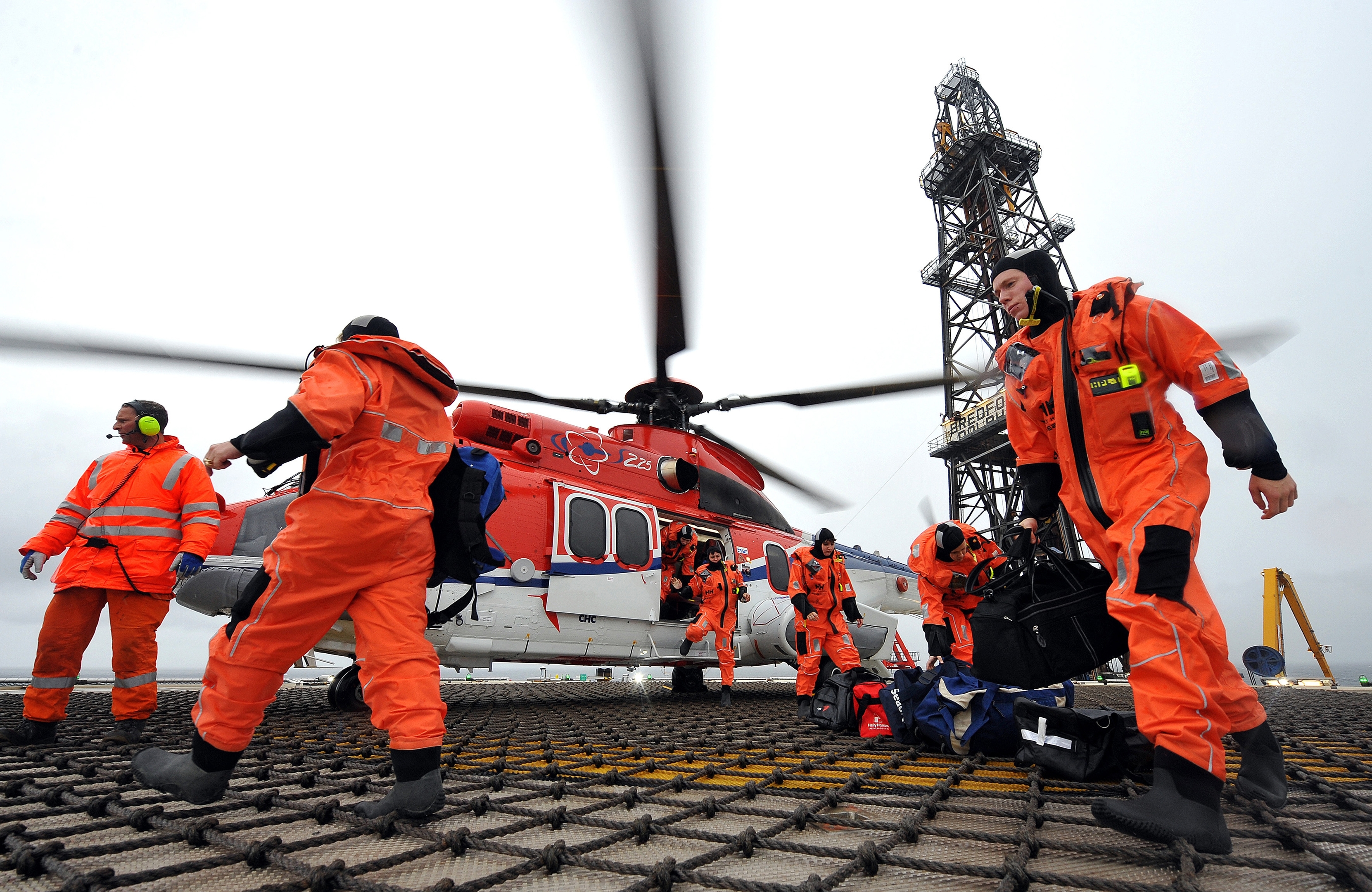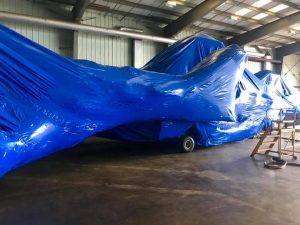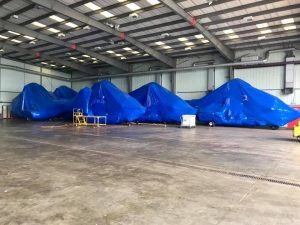
Controversial offshore helicopters must be upgraded if operators want them working in the North Sea again.
The Civil Aviation Authority (CAA) has detailed the actions that must be undertaken before the Super Puma EC225s and AS332L2s can be returned to active service.
The aircraft have been banned from flying in both the UK and Norwegian sectors of the North Sea since a fatal crash that killed 13 last year.
It comes as pictures of the mothballed aircraft emerge. The photos show what is understood to be a number of EC225s in plastic wrap in a hangar at Aberdeen heliport.
The CAA announced plans to lift the flight ban earlier this month despite there being no route cause identified yet for the April 2016 tragedy off the Norwegian island of Turoy.
The move was met with anger from workforce representatives who claim that there is no need for the aircraft since alternatives were sourced.
The new CAA directive states that if a helicopter operators wants to return a Super Puma to service they must carry out certain “in-house” upgrades.
The work includes complying with a previously issued ‘airworthiness directive’ which called for increased maintenance checks on a gearbox particle detector and oil cooler inspection as well as the replacement of a second stage planet gear assembly.
Super Puma operators must also fit a Full Flow Magnetic Plug to support the inspection of the main gearbox oil system particle detection and a full safety case must be prepared.
The latest CAA directive states: “As a result of the close collaboration between regulators and the manufacturer, the CAA and the CAA-Norway have now determined that with this latest level of airworthiness oversight and with careful return to service plans, operations with the EC225LP and AS332L2 may recommence.
“In parallel with this activity, the CAA and CAA-N will continue to support and work closely with Accident Investigators, EASA and Airbus Helicopters to attempt to establish the root cause of
the accident and to identify new methods/techniques to further improve impending failure detection capability and minimise maintenance burden.”
Metal particles broken off from the fast moving gearbox parts, known as spalling, are thought to have played a part or indicated an issue in several helicopter accidents in recent years, including the 2009 crash off Peterhead which claimed 16 lives.
These particles are normally ‘detected’ by magnetic plugs which pick up the fragments and alert the pilot, typically resulting in the crew putting the aircraft down safely.
However Super Puma manufacturer Airbus now wants to improve the detection rates of gearbox spalling by fitting these additional safety measure.
It comes after a test revealed that the total detection rate – the % of all free magnetic particles expected to be collected on the plugs – was just 12 %.
Airbus is currently canvassing opinion about the safety overhaul made in light of the Norway crash.
The preliminary report from the the Accident Investigation Board Norway states that Airbus launched a main gearbox spalling test program following the G-REDL accident in 2009.
The single test, presented to the AIBN, showed that the total detection rate – % of all free magnetic particles expected to be collected on the plugs – is 12 %, while 44 % of the particles were said to end up in the oil filter.
Recommended for you


